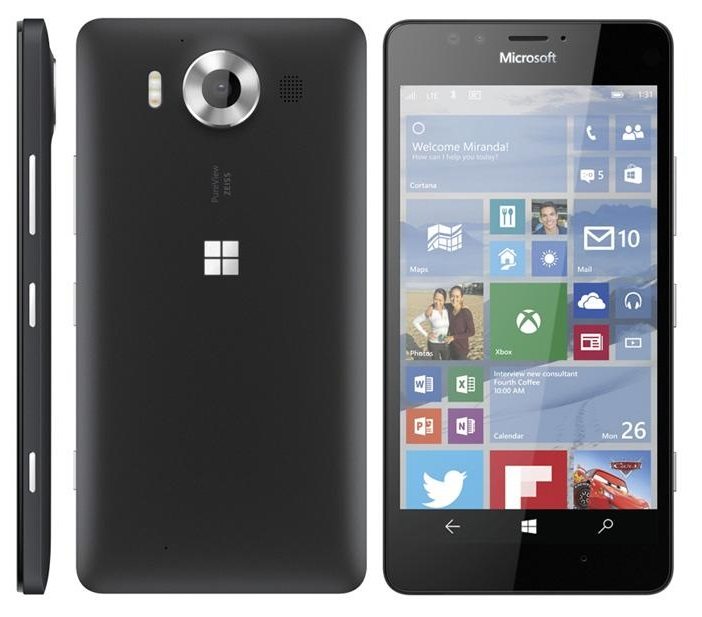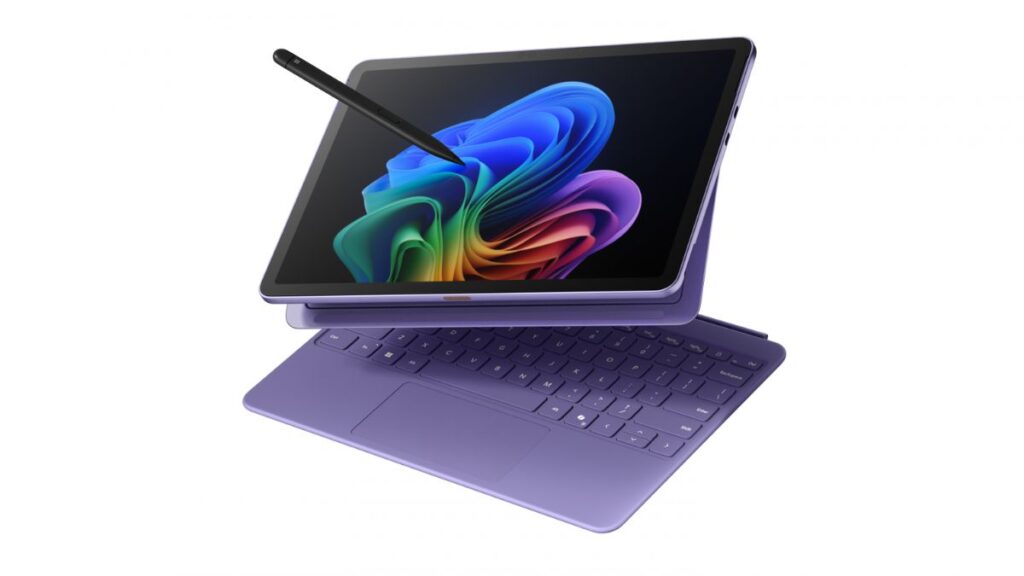Right at the close of last year both Google and Microsoft released products that are early showcases of the next generation of smartphones. The Microsoft Lumia 950 and Google LG Nexus 5X are pretty amazing devices technically and they represent some rather impressive improvements. I got both in to test with a lot of the focus on their new MU-MIMO WiFi capabilities, which massively improve data streaming when hooked to a MU-MIMO router.
Let’s talk about these two smartphones and why they’ll be better in your homes than anyplace else for the near term.
Lumia 950 vs. Nexus 5X
First let’s compare the two phones. The Lumia uses the latest build of Windows 10 and the Nexus the latest Android Build (Marshmallow). Both have 5.2-inch screens thought to be the ideal balance between size and portability. The Lumia has an OLED screen with 1440×2560 resolution—far better than the Nexus 1080×1820 IPS LCD display. The Lumia is both sharper and more brilliant, and has deeper blacks. Both have the Snapdragon 808 hexacore processors.
The Lumia has 3 GB RAM (it needs more for the higher resolution screen) and a MicroSD slot–the Nexus 2 GB RAM and no slot. The Nexus has an iPhone-like fingerprint scanner on the back, while the Lumia has the new Windows Hello iris scanner. The Lumia has a 20MP camera with triple LED flash, the Nexus a 12.3 MP camera with dual-LED flash, both have 5 MP front cameras. The Lumia has a 3000mAh removable battery (so you can have a spare or replace it if it starts to lose capacity). The Nexus uses a 2700mAh batter which is non-removable making it a tad slimmer. Both have the new USB-C charging connector and the Lumia will also inductively charge. Both support quick-charging.
The Lumia is clearly the better phone, but it also comes with a far higher price at around $560 while the Nexus 5x is around $400 with the same 32 GB storage capacity as the Lumia (don’t get the 16GB version—folks are complaining that it is just not enough storage and there is no way to add more). A better comparison would likely be to the Nexus 6P which has a higher end Snapdragon 810, the OLED display (at 5.7-inches) and the option of even more storage capacity, but users are reporting problems with this phone suggesting it isn’t yet ready to review.
So the emerging parts are the OLED display, the iris security scanner, and the USB-C connector. Oh, and the implementation of MU-MIMO.
4 Stream MU-MIMO
MU-MIMO is new and newer yet is MU-MIMO that supports 4 streams and up to 4 antennas. What this potentially does is give you—assuming you have an equivalent MU-MIMO Router like my Linksys AC2600 router (I have 4 of these, one centrally and the others linked to it wirelessly so I don’t have to pull network cable)—and the result in performance is similar to having a hard-wired gigabit router. But, up till now, I’ve only been able to get the benefit of a router-to-router network because my wireless devices didn’t work with MU-MIMO yet (And I still can’t find a MU-MIMO laptop). This is nearly 5 times faster than traditional Wi-Fi and it supports multiple devices far better than the non-MIMO routers do.
You notice the advantage most when you have high resolution movies and multiple devices which means the Lumia—because it can pull much higher resolution streams by nature of its display—will need this extra capacity more than the Nexus and given that, with Continuum you’ll be able run a full Windows desktop on a Lumia phone, that extra bandwidth will be more appreciated there as well.
But the biggest impact will be in businesses and conferences where there are a lot of users on the wireless network at once, and where now networking performance generally sucks. MU-MIMO phone users there, once the appropriate access points are installed, should see massive improvements at that time.
For now with phones like the Lumia, and in homes where several folks are streaming from the router at once the greatest benefit will be achieved and this showcases where most of us on the leading edge will be by early next year.
Wrapping Up:
The future of the smartphone is a far more capable connected device with a vision suggesting it eventually could replace your PC and become your primary device for even big screen gaming and TV/Movie watching in 4K or better. These phones will be wirelessly powered as well as wirelessly connected, use biometrics for security, have OLED screens, and still be damned attractive to look at. The Nexus 5x, and especially the Lumia 950 are showcases for what is coming later in 2016 and represent a nice view into our smartphone future.
Or, more simply put, you next smartphone should be massively better than your current smartphone.



